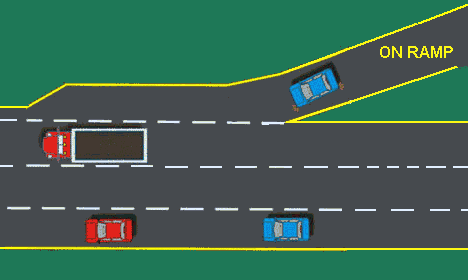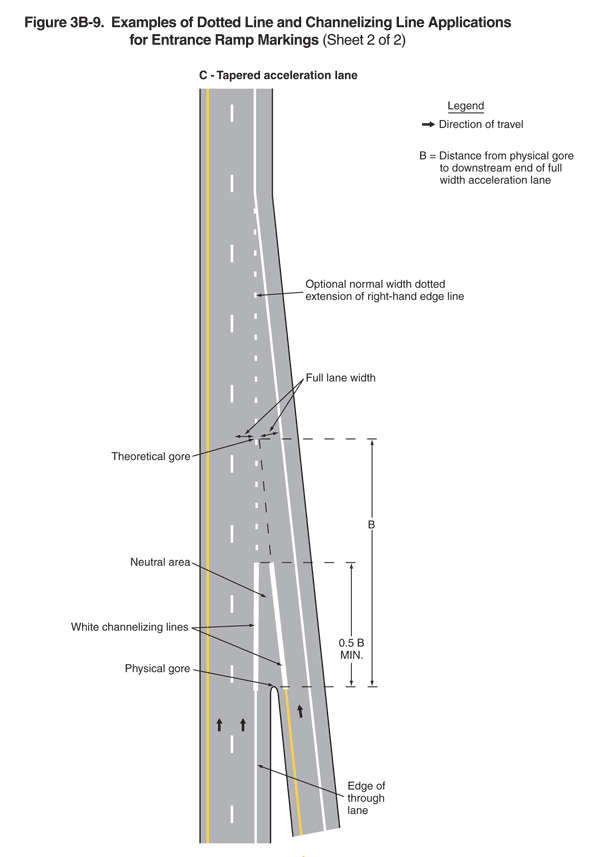
In State v. Bradshaw, the WA Court of Appeals held that sufficient evidence existed to convict the defendant, an escrow agent, of forgery.
BACKGROUND FACTS
In 2014, Defendant/Appellant Stacy Bradshaw was a licensed escrow agent and the owner of North Sound Escrow. By law, an escrow agent must maintain several types of liability insurance. Bradshaw had coverage for crime as well as for errors and omissions through the insurance firm USI Kibble & Prentice. The limits were $1 million per claim.
In February 2014, Bradshaw was retained as the escrow agent for the sale of commercial property for the price of approximately $1.4 million. Umpqua Bank was the lender for one of the parties. Umpqua asked Bradshaw for a copy of her insurance information. Bradshaw obtained a “Certificate of Liability Insurance” from Kibble & Prentice showing her limits of $1 million.
She gave Umpqua a copy of the certificate that was altered to represent that Bradehaw had coverage limits of $2 million. Umpqua noticed the alterations and contacted both Kibble & Prentice and the Department of Financial Institutions, the agency that regulates escrow agents. This led to the prosecution of Bradshaw on one count of forgery.
Bradshaw waived her right to a jury trial and opted instead for a bench trial. The court convicted Bradshaw as charged and sentenced her to 40 hours of community service, $3,600 in financial restitution, and 6 months of community supervision. Bradshaw’s appeal challenges the sufficiency of the evidence.
LEGAL ISSUE
Whether sufficient evidence exists to uphold the defendant’s forgery conviction.
RULE
A person is guilty of Forgery if, with intent to injure or defraud: (a) He or she falsely makes, completes, or alters a written instrument or; (b) He or she possesses, utters, offers, disposes of, or puts off as true a written instrument which he or she knows to be forged.
ANALYSIS & CONCLUSIONS
The Court of Appeals reasoned that the trial court correctly determined that the Certificate of Liability Insurance has legal efficacy as a written instrument and a public record. The court reasoned that a written instrument is broadly defined in the current statute as “Any paper, document, or other instrument containing written or printed matter or its equivalent; or (b) any access device, token, stamp, seal, badge, trademark, or other evidence or symbol of value, right, privilege, or identification.”
The Court reasoned that the certificate holder named on Bradshaw’s certificate of liability insurance is the Washington State Department of Financial Institutions. The Certificate was filed with the department as evidence that Bradshaw was in compliance with coverage requirements. Finally, the certificate had material significance to the Washington State Department of Financial Institutions.
“As part of the licensing process, and under statute, an escrow agent must submit proof of financial responsibility to the department, including a fidelity bond providing coverage in the aggregate amount of one million dollars,” said the Court. Furthermore, under the Washington Administrative Code, to demonstrate compliance with the requirement for a fidelity bond, the applicant is required to provide the department with a certificate of insurance that includes the aggregate amount of coverage. By statute, maintaining such insurance is “a condition precedent to the escrow agent’s authority to transact escrow business in this state.”
The Court raised and dismissed Bradshaw’s arguments that the evidence is insufficient to prove her certificate of insurance is a public record because the State did not establish that anyone in the department scrutinized it during the process of renewing her license.
“Bradshaw cites no authority for this proposition, and we have found none,” said the Court.
“In short, the record shows that Bradshaw’s certificate of insurance was a type of document required by law to be filed and necessary or convenient to the discharge of the duties of the department. In view of the regulatory scheme, the trial court reasonably found that a certificate of insurance coverage for an escrow agent is a written instrument, the alteration of which supports a forgery charge because it is a public record with legal efficacy.”
With that, the Court held that sufficient evidence supports the trial court’s determination that Bradshaw’s certificate of insurance had legal efficacy as a foundation for legal
liability.
Finally, the Court raised and dismissed arguments that the Rule of Lenity supports the reversal of her conviction. “The rule of lenity operates to resolve statutory ambiguities in favor of criminal defendant,” said the Court. “It ensures fair warning by so resolving ambiguity in a criminal statute as to apply it only to conduct clearly covered.” The Court reasoned that here, because Bradshaw’s conduct is clearly covered by the statute, the rule of lenity is not applicable.
Please contact my office if you, a friend or family member are charged with a crime. Hiring an effective and competent defense attorney is the first and best step toward justice.











